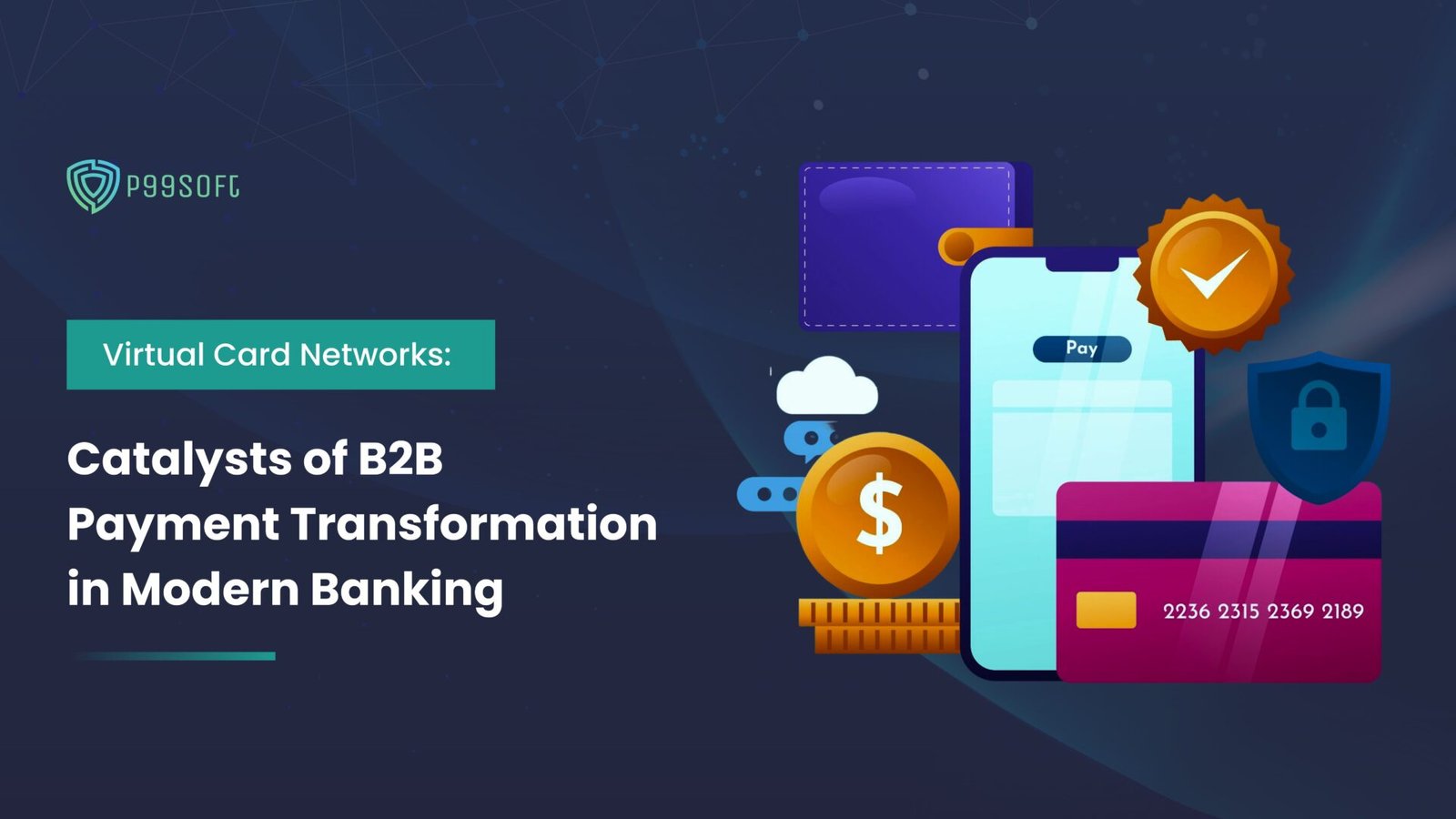Green IT and sustainability refer to the practices and initiatives aimed at reducing the
environmental impact of information technology operations and infrastructure while
promoting sustainability.
Green IT (green information technology) is the practice of creating and using
environmentally sustainable computing resources.
Green IT aims to minimize the negative effects of IT operations on the environment
by designing, manufacturing, operating and disposing of servers, PCs and other
computer-related products in an environmentally friendly manner. The motives
behind green IT practices include reducing the use of hazardous materials,
maximizing energy efficiency during a product’s lifetime, and promoting the
biodegradability of unused and outdated products.
The concept of green IT emerged in 1992 when the U.S. Environmental Protection
Agency (EPA) launched Energy Star, a voluntary labeling program that identifies
products that offer superior energy efficiency. Organizations and consumers who
use IT products with the Energy Star label can save money and reduce greenhouse
gas emissions. The EPA later also funded development of the Electronic Product
Environmental Assessment Tool standard and a companion product registry, which
IT buyers can use to find “environmentally preferable” technologies.
Benefits of green IT
Green IT offers the following social, environmental and business benefits:
● Reduced emissions: Decreasing carbon emissions helps improve the
environment. To limit global warming, worldwide emissions must be
reduced by 7.6% every year to 2030, according to the United Nations.
● Less waste : Reusing and refurbishing IT equipment is a more
environmentally friendly — and potentially cheaper — option for product
acquisition. It’s also part of the circular economy, which eliminates waste
and improves supply chain resiliency. Circular economy models can also
involve servitization, where companies sell products as a service and
manage the maintenance and end-of-life processes for customers.
● Extended maintenance periods : Reusable, green IT products allow for
longer maintenance cycles and less frequent device replacement.
● Cost savings : Using more energy-efficient technology to reduce energy
consumption helps a business reduce its energy bill and carbon footprint.
● Raised awareness : By using green IT methods and reporting on their use,
businesses set an example in their industries and foster collaboration with
other companies on climate initiatives.
● Improved corporate culture : Green IT demonstrates to employees that
they work for an ethical company, which can improve employee morale
and retention. Increasing sustainability through the use of green
technology also presents opportunities for more efficient ways of working.
● More sustainable product design: Having green IT goals encourages
vendors to design environmentally friendly technologies and approaches.
● Improved reputation : Green technology use creates a good public image,
improving a company’s brand perception.
● Increased customer satisfaction : Many customers want to do business
with socially responsible companies that make sustainability a key part of
their strategies.
Trends in Green IT :
Here are some key aspects and trends within this field:
- Energy Efficiency: IT organizations are striving to reduce energy consumption
and carbon emissions. This involves optimizing data centers, using energy-
efficient hardware and components, implementing power management
strategies, and adopting virtualization and cloud technologies to maximize
resource utilization. - Renewable Energy: Many companies are increasingly transitioning to
renewable energy sources such as solar, wind, and hydroelectric power to
power their data centers and IT operations. This helps reduce reliance on
fossil fuels and lowers carbon footprints. - E-Waste Management: The disposal and management of electronic waste (e-
waste) pose significant environmental challenges. Sustainable IT practices
involve recycling and responsible disposal of electronic equipment,
encouraging product life cycle management, and promoting the use of
environmentally friendly materials in IT products. - Sustainable Data Centers: Data centers consume substantial amounts of
energy and generate heat, contributing to environmental impact. Sustainable
data center practices focus on using energy-efficient cooling systems,
optimizing server utilization, deploying efficient power distribution and backup
systems, and implementing advanced monitoring and management tools. - Green Software Development: Software developers are increasingly adopting
green practices by optimizing code and reducing resource-intensive
operations. Efficient software design, algorithm optimization, and minimizing
network traffic can contribute to energy savings and reduced environmental
impact. - Circular Economy: The concept of a circular economy promotes the reuse,
refurbishment, and recycling of IT equipment and components. Companies
are exploring ways to extend the lifespan of IT products through repair and
upgrade programs, promoting the adoption of refurbished devices, and
implementing take-back and recycling initiatives.
- Sustainable Supply Chain: IT organizations are increasingly scrutinizing their
supply chains to ensure responsible sourcing, fair labor practices, and
adherence to environmental regulations. Promoting sustainable practices
throughout the supply chain helps reduce environmental and social impacts
associated with IT product manufacturing and distribution. - Environmental Monitoring and Reporting: IT companies are leveraging
technology to monitor and measure their environmental impact. This includes
tracking energy consumption, carbon emissions, water usage, and waste
generation. Transparent reporting and disclosure of environmental metrics
demonstrate commitment and accountability towards sustainability goals. - Green IT Certifications and Standards: Various certifications and standards,
such as ENERGY STAR, LEED, and EPEAT, provide guidelines and benchmarks
for green IT practices. Achieving these certifications demonstrates an
organization’s commitment to sustainability and helps drive continuous
improvement. - Public Awareness and Education: Promoting awareness and educating
stakeholders about the environmental impact of IT operations is crucial.
Organizations can conduct training programs, raise employee awareness, and
engage with customers to foster sustainable IT practices and encourage
behavior changes.
These trends reflect the growing recognition of the environmental impact of IT and
the need to incorporate sustainable practices throughout the IT industry. By adopting
green IT and sustainability initiatives, organizations can contribute to a more
sustainable future while optimizing their operations.

The future of green IT
Green IT will continue to gain attention as executives, employees,
investors, customers and other stakeholders recognize the serious
consequences of climate change and understand that environmental
sustainability is an important area of investment.
Some leaders in the IT sector are taking steps to be greener. For instance,
top cloud platform providers AWS, Google and Microsoft have committed to
reduce their carbon footprints and provide green cloud offerings:
● AWS has said it will have 100% renewable power by 2025. It also
joined the Climate Neutral Data Centre Pact alongside Google
and Microsoft and is looking to reach net-zero carbon usage
throughout its operations by 2040.
● Google’s cloud platform has used totally renewable power since
- In 2019, the company diverted nearly all its data center
operations waste from landfills and intends to have entirely
carbon-neutral data centers by 2030. Google also offers its
Carbon Sense software suite, which lets users monitor their
carbon emissions.
● Microsoft’s Azure cloud has been carbon neutral since 2012 and
aims for 100% renewable-powered data centers by 2025. The
company plans to be carbon negative overall by 2030. By 2050,
Microsoft also expects to remove from the environment all the
carbon ever created by its energy use.
CONCLUSION :
Digital transformation can be a competitive advantage. However, the impact
of digital on emissions and broader environmental and social areas needs
active consideration in a company’s sustainability journey to minimize the
negative impact. There are continuous evolving processes, and an enterprise
needs to know the technological opportunities that have business benefits
and enhance value. Digital technologies can enable a company’s
decarbonization strategy and accelerate its net-zero ambitions.



